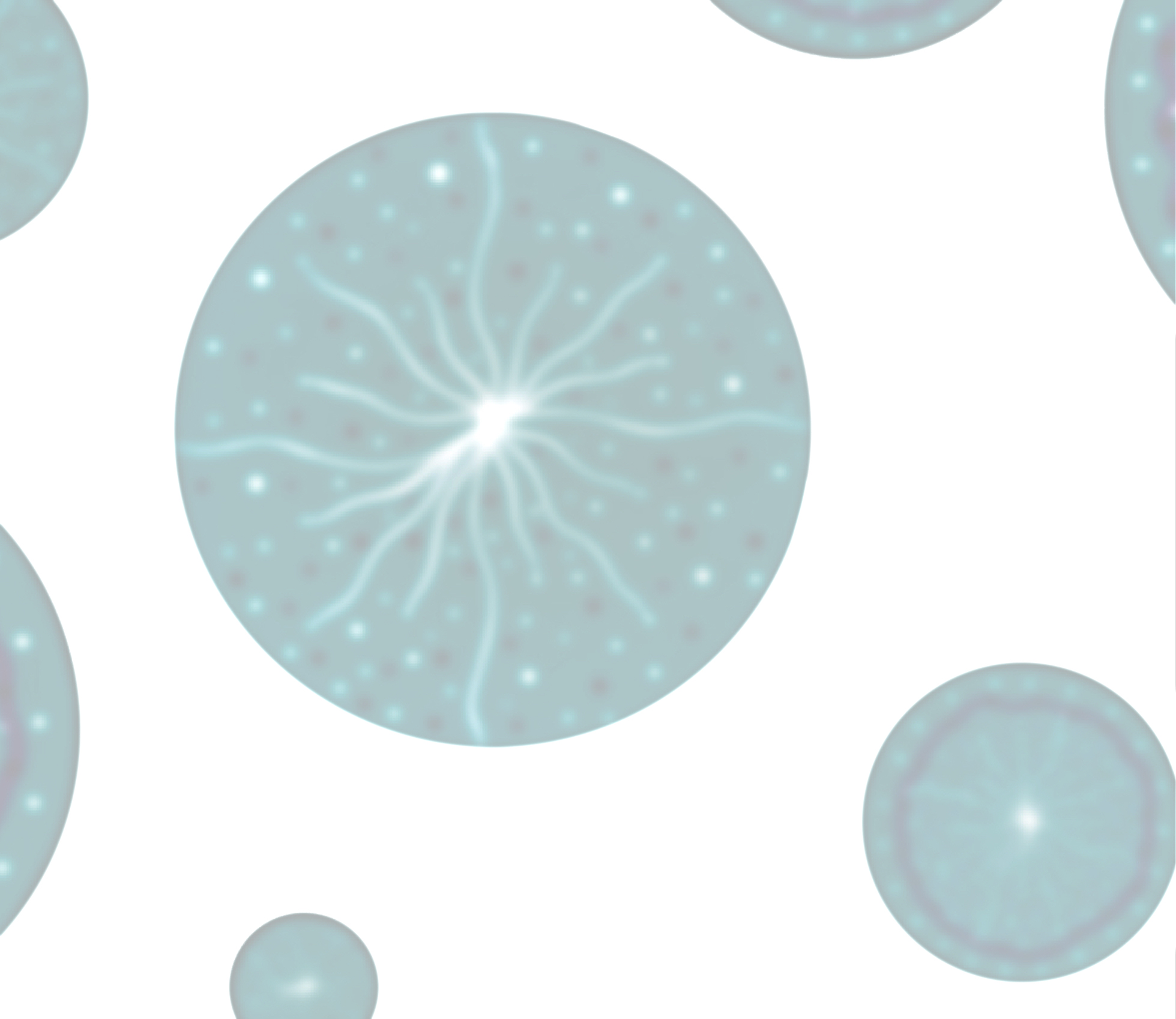In 1915, the Aborigines Protection Act 1909* was amended to allow the Aborigines Protection Board* to remove children from their families for training. In NSW, girls were sent to the Cootamundra Girls’ Home to learn to be domestic servants. Boys were sent to Singleton Boys’ Home to learn farm skills and then to Kinchela Boys Home, when it opened in 1924. These homes had the devastating effect on children; disconnecting them from their families, communities, Country and culture.
Children were often given new names, not allowed to speak their languages and moved great distances from their families. They were put into institutions and homes where many experienced neglect and abuse.
The abuse and exploitation at these institutions was widely reported in the Bringing them Home report. Nationally at least one in every six (17.5%) witnesses to the Inquiry reported sexual abuse and exploitation. Twenty-eight per cent of witnesses reported that they had endured severe physical brutality by staff. These children typically had no one to turn to for protection and were rarely believed so chose not to report the abuse.
Despite the Child Welfare Act 1939 (NSW) incorporating Aboriginal children into the same child welfare legislation as non-Aboriginal Australians, children were not treated the same. The courts regularly deemed Aboriginal children to be ‘neglected’, ‘destitute’ or ‘uncontrollable' to forcibly remove them from their families. Governments hoped that by preventing contact they could cut their ties to their families. Those children whose skin colouring was fair were often put into the child welfare system, where their Aboriginality was officially denied.
